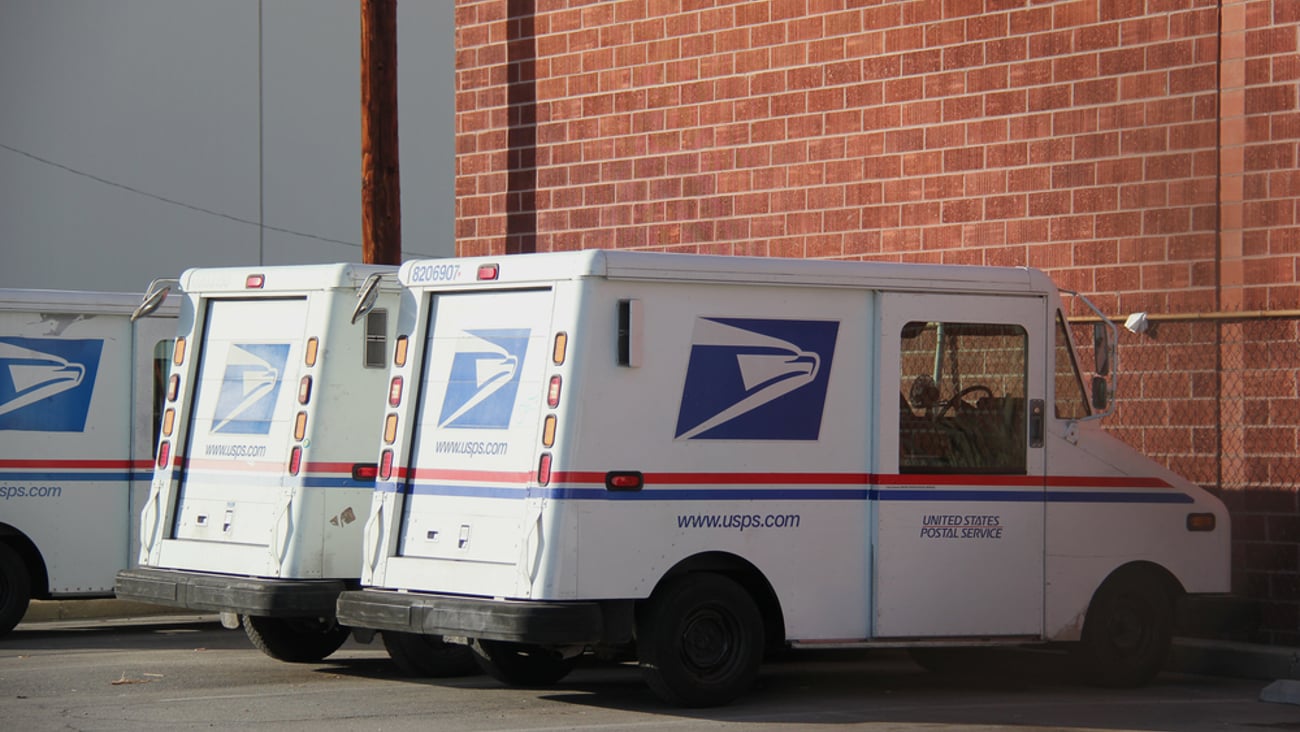How retail tech can be an accelerator for a sustainable future
Sometimes climate change discussions can feel a bit like doomsday discussions.
When I was a non-profit fundraiser, sometimes the task of raising enough money for our cause also felt overwhelming. But then we would remind ourselves and our donors that if everyone just gave $5, we could accomplish our target goal. In climate change, if all businesses made just a few changes, it would add up to change on a grand scale.
The good news is that now there is technology to help businesses make those climate-friendly changes. The B2B sector in particular, is leading the charge in green initiatives and regulations. Groups like the Carbon Disclosure Project and the Science Based Targets initiative that focus on transparency have received crucial sign-on from multiple leading business-to-business organizations.
Many of these efforts are driven by business-to-business buyers looking for brands that align with their own corporate social responsibility obligations. A recent survey found that 66% of business-to-business buyers believe that product and brand values will grow in importance in the near future, meaning that if a brand wants to compete, they’re going to need to resonate with the core beliefs of their audience, one of which is environmental consciousness.
But business-to-business isn’t the only sector focusing on sustainability; retailers and retail consumers are adapting to the times as well. For retailers, this rise in sustainability as a value proposition is coming at a time when technology is enabling the expansion and efficacy of essential green programs. By investing in retail technology geared toward these initiatives, retailers can not only help better the planet, but can reap the collaborative benefits of customer loyalty in addition to regulatory compliance.
Why sustainability in retail matters now more than ever
Addressing climate change is the challenge that may come to define the next decades of decision-making for the public and private sectors. Whether businesses feel internally compelled to take on this challenge is immaterial because there are a number of outside pressures moving the needle toward sustainability.
On the consumer side, it’s clear that customers want greener options and more transparency when weighing their purchasing decisions. One McKinsey study found that 78% of U.S. consumers say that a sustainable lifestyle is important to them. When you factor in that Gen Z and Millennial consumers value addressing climate change at higher rates than older generations, it becomes clear that brands looking to own the future will need to align their practices with customer sentiment.
At the same time, there is mounting pressure from governments and regulatory bodies to build more transparency within retail (and industry at large). Whether it’s the SEC’s climate reporting initiatives or new guidelines associated with the European Union’s Green Deal, it’s clear that businesses are being incentivized to make sustainability a responsibility. Looking ahead, brands unwilling to conform to these regulations may risk an inability to expand into new markets, a key for growth in a global economy.
The role of tech in sustainability
Retailers must use every tool at their disposal to begin taking these green initiatives seriously. Cutting-edge technologies are creating more effective sustainability strategies for retailers, particularly large corporations with complex supply chains and diverse inventory challenges.
When looking at operations more broadly, AI-powered automation tools can help streamline logistics and reduce waste. By leveraging these solutions, inventory managers can optimize the routes products take across the supply chain to minimize energy consumption.
Likewise, machine learning and predictive analytics can be used to more precisely control inventory and reduce overstock and understock situations. Even simpler, everyday solutions like utilizing more energy-efficient lighting or HVAC controls to cut down on operational emissions can help support enterprise-wide carbon-neutrality goals.
Beyond automation, supply chain technologies that track carbon emissions and prioritize local sourcing can reduce environmental impact. Many retailers have begun integrating systems that monitor carbon offsets, which works to ensure that investments in renewable energy and other sustainability initiatives are properly tracked and managed.
One of the most overlooked steps, however, is taking a granular look at the sustainability data and documentation that you have on hand. Product information management (PIM) systems are essential in communicating sustainability efforts across the entire value chain, from consumers to suppliers to regulators and more.
With an increasing demand for transparency around product sourcing, eco-certifications, and carbon footprints, PIM ensures that crucial product data like sustainability credentials, material composition, and environmental impact metrics are consistently updated, easily accessible, and accurately communicated across all channels.
Providing this detailed information not only helps consumers make sustainable purchasing decisions but increases transparency across the supply chain. With potential legislation surrounding digital product passports on the horizon, having this foundation of rich product data can keep a retailer ahead of the curve.
Now is the time to act
Building a better world will require collaboration among consumers, governments, and producers. For retailers, taking sustainability seriously is essential from a regulatory perspective, and green practices are becoming table stakes for customers. By investing in the technologies that can help drive these goals now, the future can remain bright for us all.
Kristin Naragon is chief strategy officer at Akeneo.





